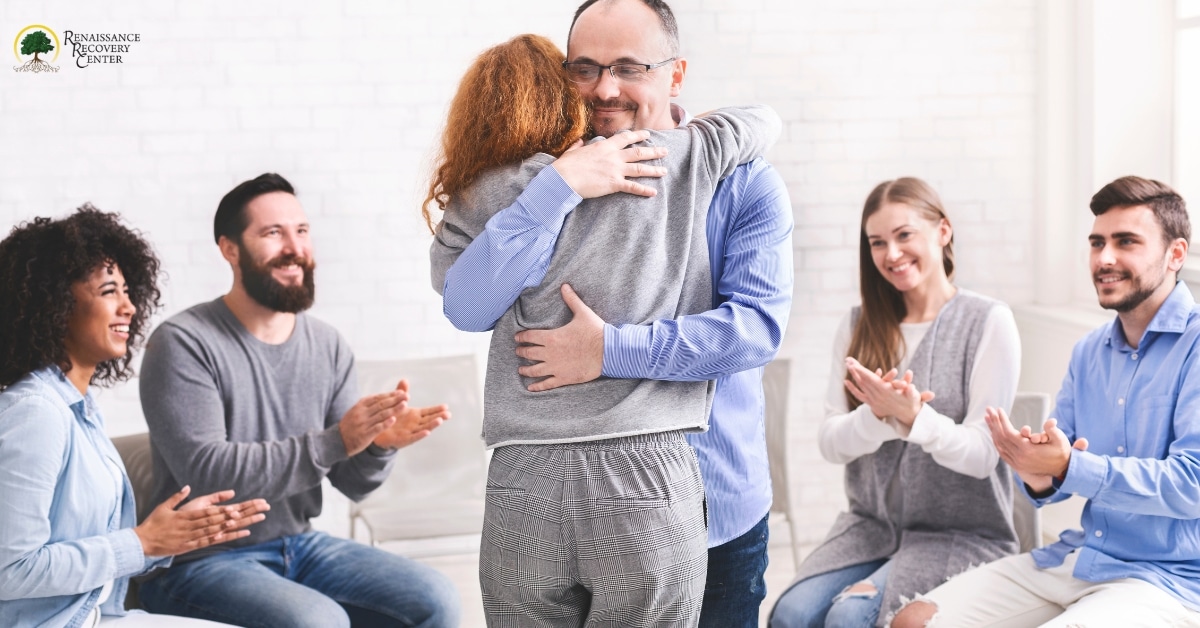Group therapy is therapy conducted with a small group of individuals experiencing the same or similar problems. During group therapy, therapists treat multiple clients together. The purpose of group therapy can be as simple as a support group to a skills training therapy group. Group therapy comes in all shapes and sizes, all different lengths of time, and each group holds different amounts of sessions. Typically, 5-10 individuals meet with a trained group therapist. For many conditions, such as addiction, group therapy works even more effectively than individual therapy. It has been found that combinations of group and individual therapy can produce more positive effects than individual therapy alone. Group therapy gives individuals the opportunity to relate with people experiencing similar problems, creating a feeling of universality and connection. It also creates a sense of hope in individuals as they watch each other learn and grow.
Group Therapy Builds Universality
Universality is the idea that the experiences that you and others have gone through are universal. These shared experiences create a bond between individuals. Before starting group therapy, many of the members feel alone and unique, that no one quite understands them. This false belief can cause shame and isolation. As individuals share with other members in the group, they realize that they are not alone, there are others who understand their struggles. The group dynamic can help to build trust and connection through supportive relationships. Group therapy creates a common identity between members and helps to build a common goal of healing.
Hope
Group therapy can create a sense of hope in participants. Typically, therapy groups are full of people at different stages of recovery. Watching other patients improve can be a catalyst for change in the other group members. Seeing first-hand the improvement of their peers gives individuals hope, allowing them to believe that they too can change. Often, people become wrapped up in what they are doing wrong and miss the subtle improvements in their lives. Group therapy allows individuals to watch others progress, allowing them to see the improvements in their own lives as well. The shared perspectives of others can help the individual to identify challenges, learn how to address them, and see the real progress they’re making through the eyes of others.









